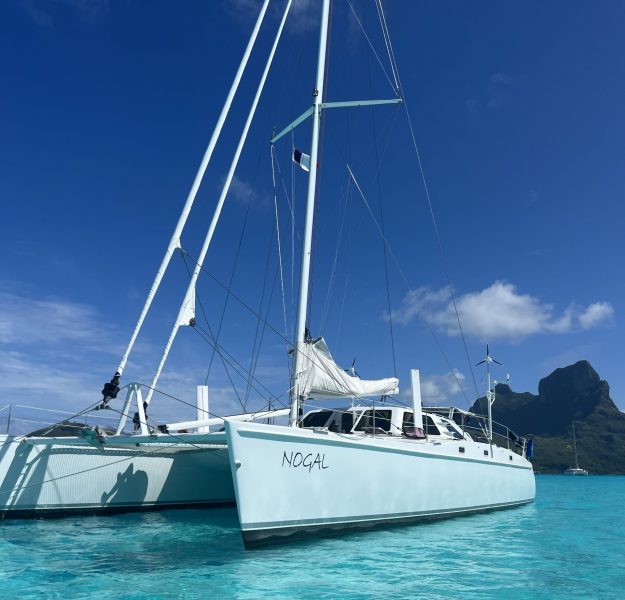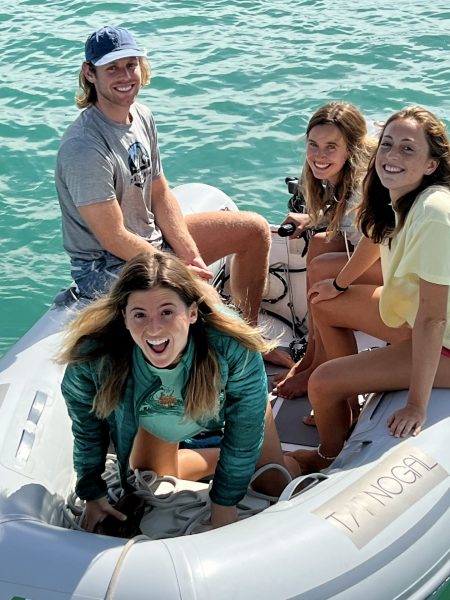
Young Salts Across the Pacific — 29 Friends Across 20 Islands
Throughout my six-month journey through the South Pacific, there was only one thing that remained constant: With each new person aboard the boat came some unpredictable and unique qualities that made the sailing experience that much more special. Often, the most interesting of plans came from the minds of the younger crew; the kids who had never sailed, lived on a boat, or in some cases had not spent much time on the ocean at all.

In mid-June, we were heading over to the south pass of Fakarava to an anchorage adored by many sailors looking to dive with sharks and head southwest to the Society Islands. It was a beautifully clear sunset evening, and our crew of nine at the time sat around for “sundowners,” cocktails at sunset at the stern of S/V Nogal. The sky was bright, blood-orange and pink, and the water rested calmly around us despite the busy depths below brimming with life.

It had been a few weeks now into my life aboard the boat, and I began to adopt boat mentality — always alert to sounds, surroundings, and most importantly, squalls. That night, I noticed there was this Finnish monohull off our starboard side that seemed just a tad closer to us than I remembered. The wind started to shift directions, and we began to rotate, entering the realm of anything possible. A classic conundrum and one that would surface time and time again.
I had checked the anchor earlier that day, after setting up the three-buoy rigging system where we attached three buoys to the chain about four to five meters from each other to keep the chain from snagging on coral. The buoys became a routine procedure, given the field of coral landmines that we encountered at many anchorages.
Even with the buoys, I knew something was up, so I decided to grab a snorkel and dive down the length of the chain. I found that our chain had wrapped around two separate rocks, creating a chain triangle; a straight line of chain extended from the boat to the first coral head, a right angle was made from the chain that stretched to the second coral head, and the hypotenuse was created by the chain that went from the second rock back to the boat.
Continue reading in the April issue or at Latitude38.com.
